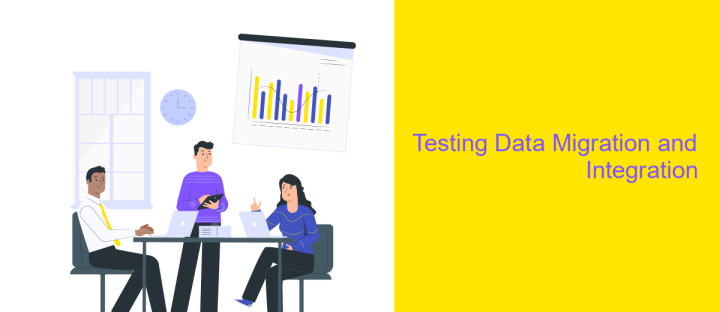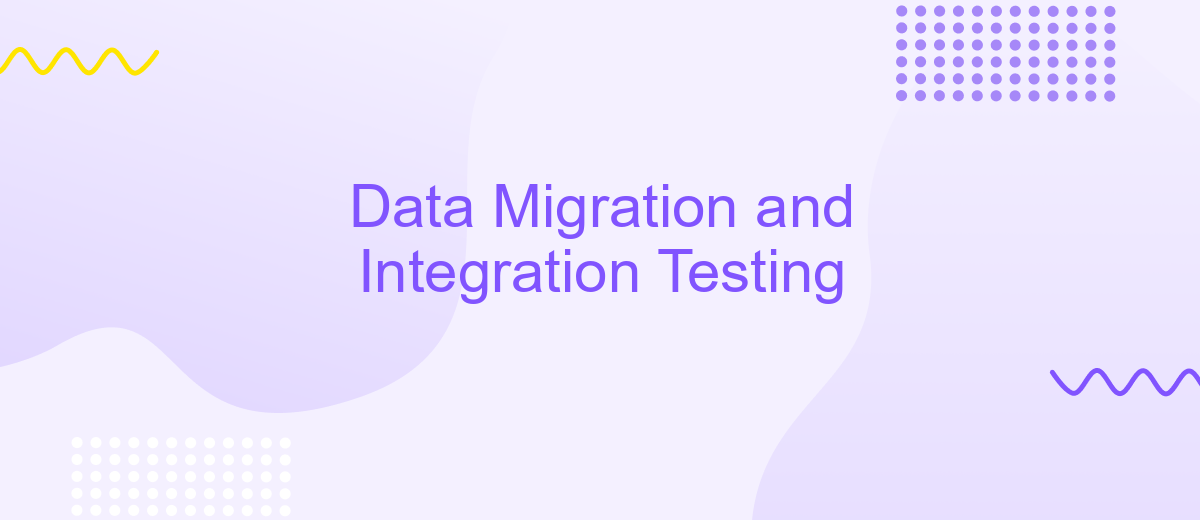Data Migration and Integration Testing
Data migration and integration testing are critical components of modern IT projects, ensuring seamless data transfer and system interoperability. This process involves transferring data between storage types, formats, or systems while verifying that all components work harmoniously. Effective testing mitigates risks, prevents data loss, and ensures the integrity and performance of the integrated systems, making it indispensable for successful project execution.
Introduction
Data migration and integration testing are critical components in the lifecycle of any data-centric project. As organizations grow and evolve, the need to transfer data from legacy systems to modern platforms becomes inevitable. This process, however, is fraught with challenges that can impact data integrity, system performance, and overall business operations. Effective testing strategies are essential to ensure a seamless transition and to mitigate risks associated with data loss or corruption.
- Ensuring data accuracy and completeness
- Validating data transformation and mapping
- Testing system performance and scalability
- Identifying and resolving data inconsistencies
By implementing a robust data migration and integration testing framework, organizations can safeguard their data assets and ensure business continuity. This not only enhances operational efficiency but also provides a solid foundation for future growth and innovation. The following sections will delve deeper into the methodologies, tools, and best practices for effective data migration and integration testing.
Data Migration Overview

Data migration involves the process of transferring data between different storage systems, formats, or computing environments. This critical task ensures that data is accurately moved from legacy systems to newer systems, maintaining its integrity and accessibility. The process typically includes data extraction, transformation, and loading (ETL), which helps in cleaning and reformatting data to meet the requirements of the new system. Proper planning and execution of data migration are essential to avoid data loss, corruption, or downtime.
Integration testing plays a pivotal role in data migration projects. It ensures that the migrated data interacts seamlessly with existing applications and systems. Tools like ApiX-Drive can facilitate this process by automating the integration between disparate systems, reducing the risk of human error and speeding up the overall migration timeline. ApiX-Drive provides a user-friendly interface and robust features to connect various applications, making the data migration process more efficient and reliable. Ensuring thorough testing and validation post-migration is crucial for confirming that all data has been accurately transferred and is fully operational within the new environment.
Data Integration Overview

Data integration is a crucial process in modern organizations, enabling the consolidation of data from various sources into a unified view. This process ensures that data is consistent, accurate, and accessible, facilitating better decision-making and operational efficiency. Effective data integration strategies help organizations streamline their workflows and enhance data quality across different systems.
- Data Extraction: The initial step involves retrieving data from disparate sources, such as databases, cloud services, or legacy systems.
- Data Transformation: The extracted data is then cleaned, formatted, and transformed to match the target system's requirements.
- Data Loading: Finally, the transformed data is loaded into the target system, ensuring seamless integration and accessibility.
By following these steps, organizations can achieve a cohesive and reliable data environment. Successful data integration not only improves data accuracy but also enhances the ability to generate meaningful insights. As a result, businesses can respond more quickly to market changes, optimize operations, and drive innovation through data-driven strategies.
Testing Data Migration and Integration

Testing data migration and integration is a critical phase in any data management project. It ensures that data is accurately transferred from one system to another and that integrated systems work seamlessly together. This process involves validating the data before, during, and after the migration to identify and resolve any inconsistencies or errors.
The first step in testing data migration is to perform a thorough analysis of the source and target systems. This involves understanding data structures, relationships, and dependencies. Once the analysis is complete, a detailed migration plan is developed to guide the testing process.
- Data Validation: Verify data accuracy and completeness post-migration.
- Integrity Testing: Ensure data relationships and constraints are maintained.
- Performance Testing: Assess the efficiency of the migration process.
- Integration Testing: Confirm that the new system integrates well with other systems.
Effective testing requires collaboration between various stakeholders, including data analysts, developers, and end-users. By meticulously planning and executing these tests, organizations can mitigate risks and ensure a successful data migration and integration process.
- Automate the work of an online store or landing
- Empower through integration
- Don't spend money on programmers and integrators
- Save time by automating routine tasks
Conclusion
In conclusion, data migration and integration testing are critical components for ensuring seamless data transfer and system interoperability. Proper planning, execution, and validation are essential to mitigate risks and prevent data loss or corruption. Leveraging automated tools and services, such as ApiX-Drive, can significantly streamline the integration process, providing reliable data synchronization across various platforms and applications.
As organizations continue to evolve and adopt new technologies, the importance of robust data migration and integration strategies cannot be overstated. By adhering to best practices and utilizing advanced integration solutions, businesses can achieve a higher level of data integrity and operational efficiency. Ultimately, a well-executed data migration and integration testing strategy can pave the way for more agile and responsive IT environments, driving innovation and growth.
FAQ
What is data migration and why is it important?
What are the key steps involved in data migration?
How can I ensure data integrity during the migration process?
What is integration testing and how does it differ from other testing methods?
Can automation tools help with data migration and integration testing?
Routine tasks take a lot of time from employees? Do they burn out, do not have enough working day for the main duties and important things? Do you understand that the only way out of this situation in modern realities is automation? Try Apix-Drive for free and make sure that the online connector in 5 minutes of setting up integration will remove a significant part of the routine from your life and free up time for you and your employees.


